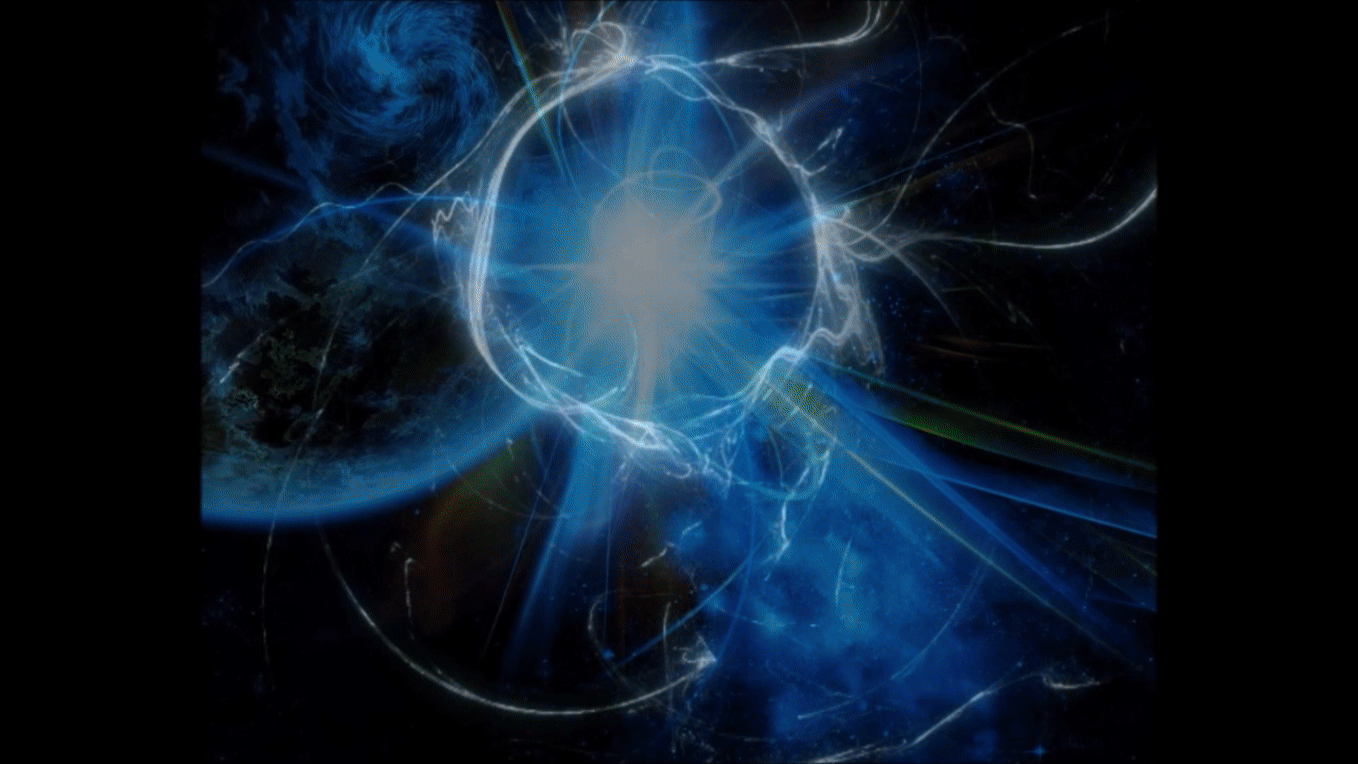
Primary goals of research and innovation policy as defined by the European Comission:
Open Innovation, Open Science, Open to the World.
Christopher Germann and Prof. Roger Malina discuss Chris’ current work in the Cognovo PhD program, on quantum cognition which applies the mathematical formalisms of quantum theory to understanding cognitive processes. Chris is currently working on non-commutativity in decision theory, with laboratory experiments in visual decision making. He is also studying the role of the endogenous neurotransmitter DMT (N,N-Dimethyltryptamine) in perception and cognition.
Chris Germann is a Marie-Curie research fellow in the CogNovo doctoral programme at the Cognition Institute of Plymouth University, which is government-funded by the European Commission. Chris has broad interdisciplinary interests and he is momentarily mainly focusing on cognitive psychology and neuroscience. He is particularly interested in irrationality and decision making and the neuronal Serotonin system and its role in perception and cognition (for instance, creativity and neuroplasticity). Furthermore, philosophy of science and mind capture his deepest curiosity.



Wave-Function collapse
| ψ ⟩ = ∑ i c i | ϕ i ⟩ .

Spreading activation in a neuronal network


Plain numerical DOI: 10.1101/578435
DOI URL
directSciHub download





